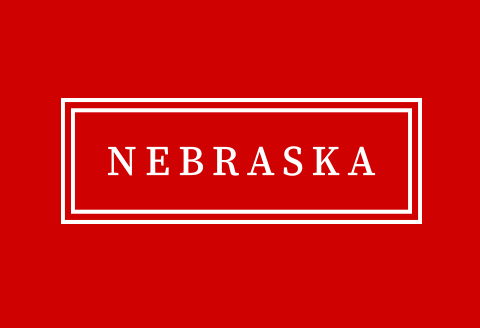Department of Teaching, Learning, and Teacher Education

Department of Teaching, Learning, and Teacher Education: Faculty Publications
ORCID IDs
ORCID — http://orcid.org/0000-0002-0231-4711
Document Type
Article
Date of this Version
12-2016
Citation
Published in International Journal of Bilingual Education and Bilingualism, 2016. doi: 10.1080/13670050.2016.1267695
Abstract
This paper uses sociocultural theories of language learning to investigate how teachers and students navigate between monolingual institutional policies and the multilingual realities encountered in a rural Kenyan fourth-grade classroom. The paper addresses not only how learners’ communicative repertoires are deployed to make meaning in a foreign language instruction context but also the sociocultural significance of these communicative practices. Results illustrate how the science teacher used heteroglossic practices to mediate students’ access to literacy, hence, supporting the content learning and language development of students. Both the science teacher and the students preferred a more flexible use of language to make sense of their multilingual realities as opposed to monolingual view of literacy imposed on them by the language policy. I argue for the potential of heteroglossic practices in multilingual classrooms to ease the cognitive load of English language learners in the process of learning in an additional language. The findings highlight the need for legitimizing fluid language practices in multilingual classrooms in the process of acquiring an additional language and preparing teachers for a multilingual reality.
Included in
Bilingual, Multilingual, and Multicultural Education Commons, Curriculum and Instruction Commons, International and Comparative Education Commons, Science and Mathematics Education Commons, Teacher Education and Professional Development Commons


Comments
Copyright © 2016 Informa UK Ltd/Taylor & Francis Group. Used by permission.